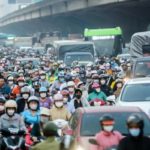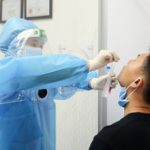Influenza, or the flu, is a highly contagious respiratory illness that can significantly impact one’s health and daily life. Without proper precautions, one can easily catch the flu virus at any time due to its prevalence in various places. Let’s explore seven locations that are potential flu hotspots and require your attention.
1. Airports and Airplanes
For frequent travelers and business professionals, airports are a familiar setting. However, they are also hotspots for flu viruses, especially with large crowds and close contact among passengers.
When traveling by air, it is crucial to wear masks, practice good hand hygiene, and avoid touching your face to minimize the risk of contracting the flu.
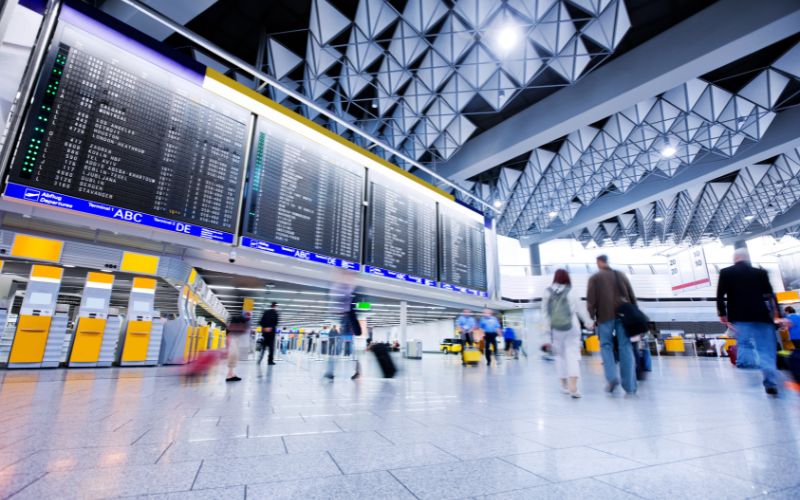 Airports and Airplanes
Airports and Airplanes
2. Schools
Schools, with their large student populations, present a high risk of flu transmission. Children often interact closely, share toys and supplies, increasing the likelihood of spreading the flu.
It is essential for parents and teachers to educate children about proper hand hygiene, discouraging sharing of food and personal items, covering coughs and sneezes, and regularly disinfecting commonly touched surfaces and toys.
 Schools
Schools
3. Retail Stores and Malls
Shopping carts and baskets are essential in retail stores and malls. However, the handles of these carts and baskets are often touched by numerous people, increasing the risk of flu transmission.
To stay safe, consider bringing your own disinfecting wipes or using hand sanitizer after handling shopping carts or before touching your face. Wearing a mask and avoiding touching your face are also recommended.
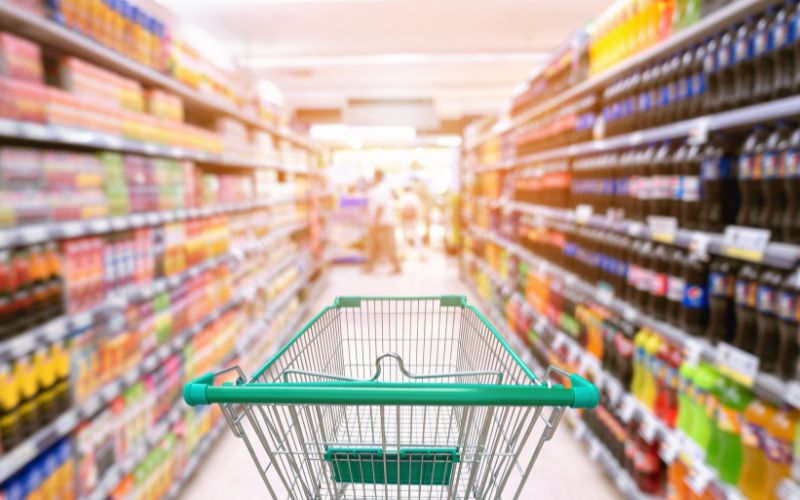 Retail Stores and Malls
Retail Stores and Malls
4. Public Transportation
Buses, taxis, trains, and other public transportation methods can be breeding grounds for the flu due to high passenger traffic and frequent contact with surfaces like seats and handrails.
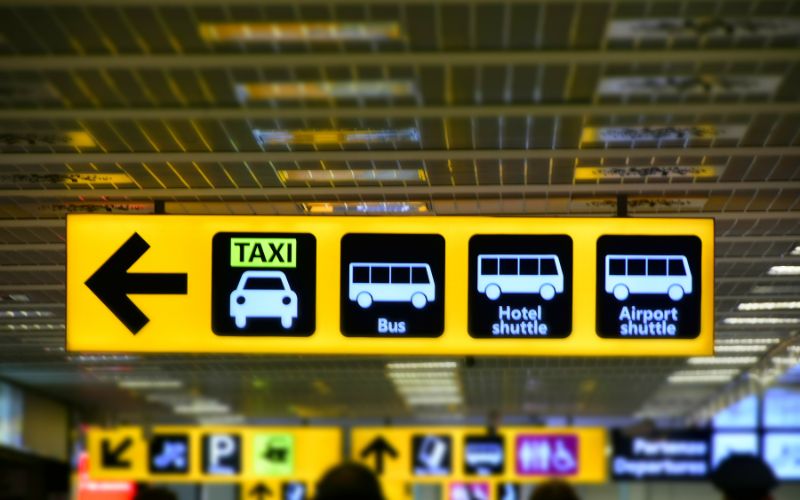 Public Transportation
Public Transportation
5. Office Spaces
Enclosed and air-conditioned office environments can harbor flu viruses, as the confined space and shared surfaces increase the risk of transmission. Regularly disinfecting commonly touched areas and encouraging sick employees to work from home can create a safer workplace.
 Office Spaces
Office Spaces
6. Restaurants and Cafes
Restaurants and cafes, especially those with air conditioning, are frequently visited by many people. Surfaces like tables, chairs, and utensils can be contaminated with flu viruses and bacteria, posing a risk to patrons.
To minimize the risk of catching the flu when dining out, practice good hand hygiene, and if possible, opt for outdoor seating.
 Restaurants and Cafes
Restaurants and Cafes
7. Hospitals and Healthcare Facilities
Hospitals and healthcare facilities are places where a high volume of patients seek treatment, increasing the likelihood of encountering various illnesses, including the flu.
 Hospitals and Healthcare Facilities
Hospitals and Healthcare Facilities
Influenza is a respiratory illness that spreads through respiratory droplets and contact with infected surfaces. Crowded places pose a higher risk of infection and transmission, so stay vigilant!
Source: Family Health Newspaper
How to Escape Traffic Jams
Traffic congestion is a common phenomenon in urban transportation in Vietnam, particularly in large cities like Hanoi and Ho Chi Minh City. This traffic issue has become a “signature dish,” if you will, of the country’s urban landscape. The problem of traffic congestion has reached such a level that it has become a daily struggle for residents and commuters alike. The seemingly unending lines of vehicles and the constant stop-and-go movement can be frustrating and time-consuming. Finding effective solutions to alleviate this ongoing problem has become a top priority for city planners and policymakers. The quest for efficient and sustainable ways to manage traffic congestion is an ongoing challenge that requires innovative thinking and collaborative efforts. As a society, we must strive to find ways to reduce traffic congestion and create a more seamless and efficient transportation system for all.
Coronavirus Testing: Where, How Much and How Long?
The COVID-19 pandemic has been a challenging time for all, and testing is a crucial step in identifying and containing the spread of the virus. As we navigate these uncertain times, it is essential to know where and how to get tested. Join us as we explore the world of COVID-19 testing, uncovering the locations and costs involved in staying safe and healthy.


























